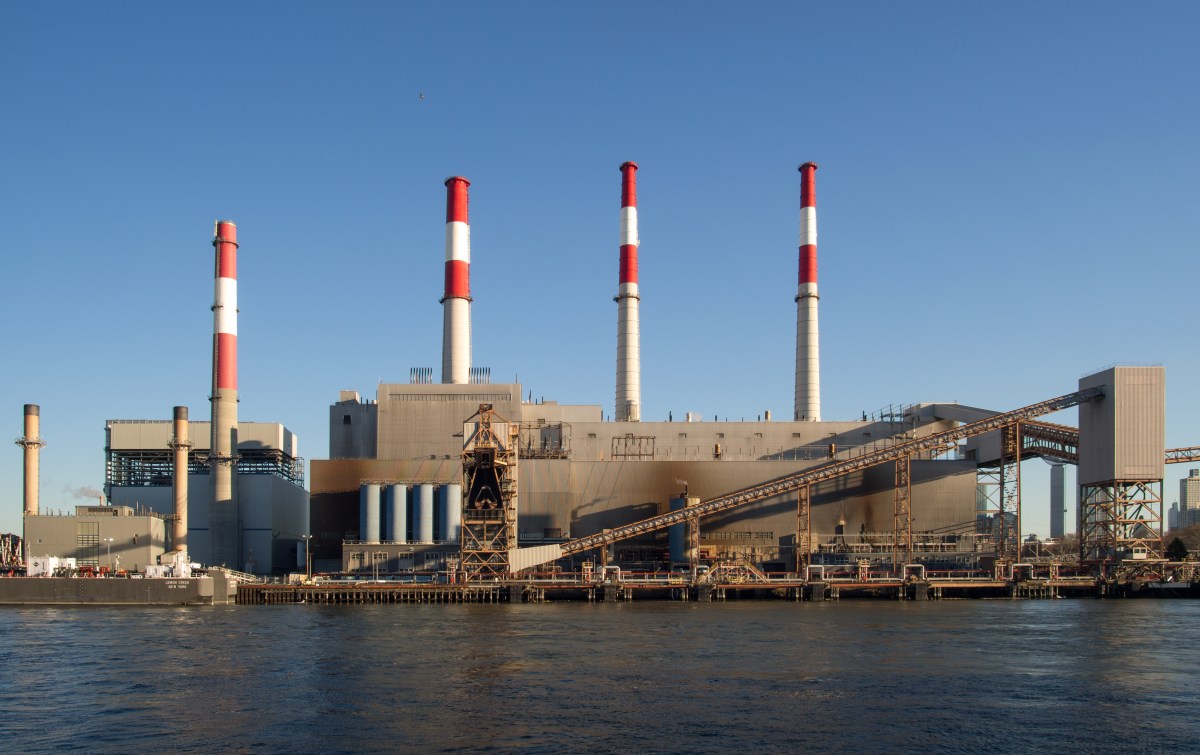Ravenswood is going green. The New York State Public Service Committee approved construction of the largest battery storage facility in New York State history on Long Island City’s waterfront.
The company that runs the 316-megawatt Ravenswood Generating Station on Vernon Boulevard will develop an energy storage facility on its property, which will hold enough electricity to power more than 250,000 households over an eight hour period.
According to the developer, Ravenswood Development, LLC, the project will store electricity drawn from the grid and other facilities during off-peak hours. The stored energy would then be dispatched to the grid in accordance with orders from the New York grid operator and Con Edison. The energy storage facility, expected to be partially operational by March 2021, will be able to provide peak capacity, energy and ancillary services, offset more carbon-intensive on-peak generation while enhancing grid reliability in the five boroughs.
“Energy storage is vital to building flexibility into the grid and advancing Governor Cuomo’s ambitious clean energy goals,” Public Service Commission Chair John B. Rhodes said. “Projects like Ravenswood will enable us to grow the industry and create jobs while we continue on our path toward meeting the country’s largest energy storage target.”
The project will be developed in an area of the Ravenswood Generating Station that currently occupied by peaker units, that generally only run when there is a high demand for electricity, and most of the units are currently not in service. During the construction, the project will require between 100 and 120 skilled construction workers to support peak construction periods.
“When complete, this facility will displace energy produced from fossil plants during peak periods, resulting in cleaner air and reduced carbon emissions,” Rhodes said.
The project will include enough lithium-ion batteries to supply a maximum of eight hours of storage capacity at its rated output and will be able to charge and discharge up to 316 megawatts of power.
































